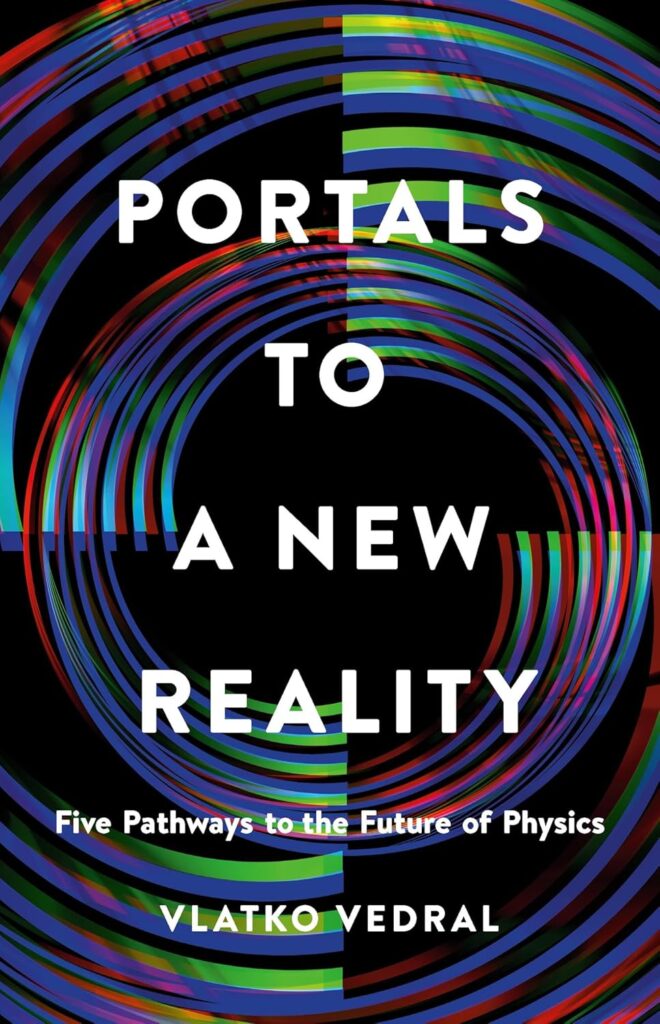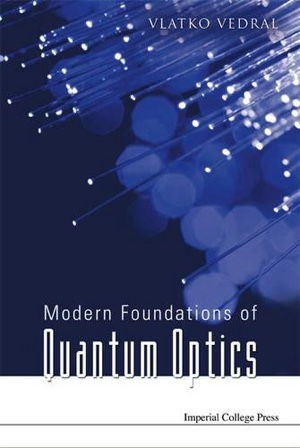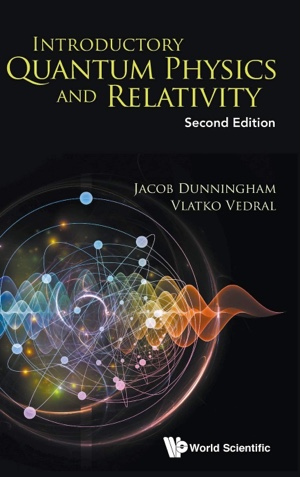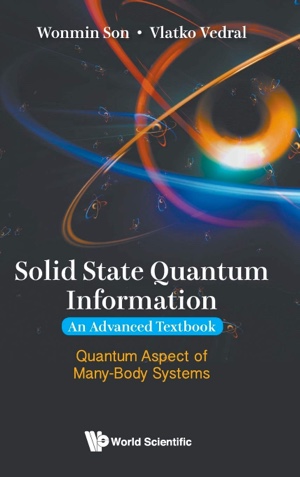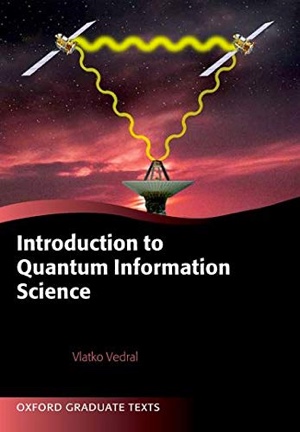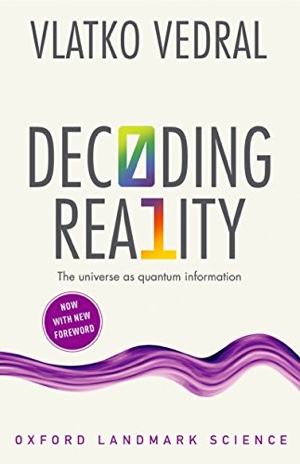On the importance of interpretations
It’s well-known that any physicist ought to be aware of as many possible explanations or interpretations of one and the same phenomenon. Of course, the more perspectives we have the better we understand something, but – in physics – there is more to this. First of all, some explanations might be simpler and might make the necessary calculations easier than others. That’s already a big deal. But, and much more importantly, one of the explanations might be the one that is more useful than the others when it comes to explaining a completely new phenomenon.
Physics is full such instances, but let me give you an example that’s close to my heart. Classical physics. There are at least three different versions of it. The original one is due to Newton (Force equals mass times acceleration etc). Then Lagrange built on Newton’s ideas and came up with a completely different way of doing classical mechanics. It is mathematically and conceptually different, but agrees with Newton as far as all the experimental predictions are concerned.
They are different because – for Newton – the primary concepts were that of force, position, time, speed, acceleration. The way a particle moves – the description of which is the whole point of classical mechanics – depends on the forces acting on that particle, plus the initial conditions (the initial position and the initial velocity of the particle). For Lagrange, there are no forces, only potentials and a particle moves in such a way as to minimize a certain quantity – called the Action (an integral of a function we know call the Lagrangian). This is fundamentally different, since for Newton the universe is in motion because of forces that act within it, but for Lagrange, the universe moves in the laziest possible way (the least Action) subject to all the potential. Forceful versus lazy, it could not be more different.
Then came Hamilton – a chap I have written about before. He gave us yet another version of classical mechanics. He gave us a function we call the Hamiltonian (no surprizes there) which depends on particle’s position and momentum. This function represents the total energy of the system we are studying. He then wrote down an equation in terms of the Hamiltonian which tells us how the system moves. This equation simply says The Hamiltonian = The Energy, or H = E.
Hamilton’s is frequently the easiest way to calculate when faced with complicated problems in mechanics (questions such as “given such and such pullies and frictions and tensions, calculate the acceleration of so and so mass in the system…”). But, the most beautiful outcome of Hamilton’s work is to realise that particles can be treated on an equal footing with waves. A particle trajectory can be thought of as a ray in wave optics, which is perpendicular to the wavefronts which arise out of Hamilton’s equation.
You can probably guess where I am going with all this. Even though Newton’s formulation, Lagrange’s formulation and Hamilton’s formulation cannot be experimentally distinguished from each other within classical mechanics, it so happened that when it came to explaining something that could not be explained with classical mechanics – such as the black body radiation, the atomic spectra, and so on, the Hamilton formulation proved the most useful.
Schrödinger was of course the first person who followed the path of Hamilton. In fact, the Schrödinger equation is simply the Hamilton equation “multiplied on the right” by Schrödinger’s famous Psi wavefunction, Hψ= Eψ. I am oversimplifying a bit (it’s a blog after all), but the key to quantum physics was the fact that all particles are also waves (quantum waves that I’ve written a lot about it in the past), so you can see why Hamilton was superior to Lagrange and Newton.
Now, the whole point of me telling you all this (if there is a point at all), is that we now have a multitude of different interpretations of quantum physics. They are as different to one another as the three formulations of classical mechanics (it’s only that there are even more of them in quantum mechanics). But which – if any – of these quantum interpretations will be the most useful one(s) to lead us to a new theory?
Well, we don’t know. We don’t know because there are no deviations to quantum physics at present, experimentally speaking. If, for instance, we discover that superpositions of objects beyond a certain size are impossible, then maybe the Copenhagen interpretation is the way to go. This is because the Copenhagen interpretation maintains that in every quantum experiment there must be an external classical context (we can look at the world through the x glasses or the p glasses, but not both 😊). If on the other hand, we keep managing to entangle larger and larger systems, including living ones, then maybe the Many Worlds Interpretations is the way to go.
We might also surprize ourselves and discover additional variables that tell us with a higher degree of accuracy which way a photon will come out of a 50-50 beamspliter. If this happens, one of the Hidden Variable interpretations will surely be the most appropriate.
In this way, the current interpretations would become part of the new theory that transcends quantum physics.
The biggest unexplained observations are these days to do with the large-scale structures in the universe. It seems that there is much more matter out there than we can see (dark matter; we know this because some galaxies are moving faster than all the relevant matter, we can see would lead us to believe). Also, the total gravitational pull of the universe seems not strong enough to halt its accelerated expansion (hence the postulated dark energy which provides the negative pressure to counter gravity and enable the continued expansion).
One would of course love to be as insightful about the next revolution in physics as Lord Kelvin was about the previous ones. In his famous Friday Evening Discourse at the Royal Institution in 1900, he talked about “two clouds” on the physics horizon: “I. The first […] involved the question, how could the earth move through an elastic solid, such as essentially is the luminiferous ether? II. The second is the Maxwell-Boltzmann doctrine regarding the partition of energy”.
Kelvin was bang on. The first cloud dissipated with the discovery of special relativity, while the second one owes its disappearance to quantum mechanics.
It’s true that we are uncertain as to what the current clouds on the quantum horizon might be. But whatever they are, we’d better be prepared for the incoming storm and understand the quantum theory from as many angles as possible.
Sign up to my substack
BOOKS
ASK ME ANYTHING!
If you'd like to ask me a question or discuss my research then please get in touch.
